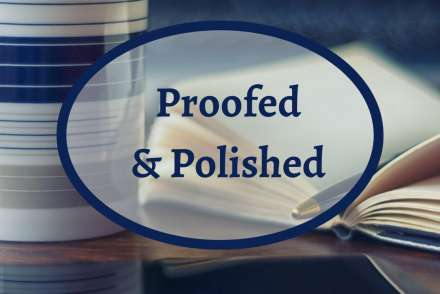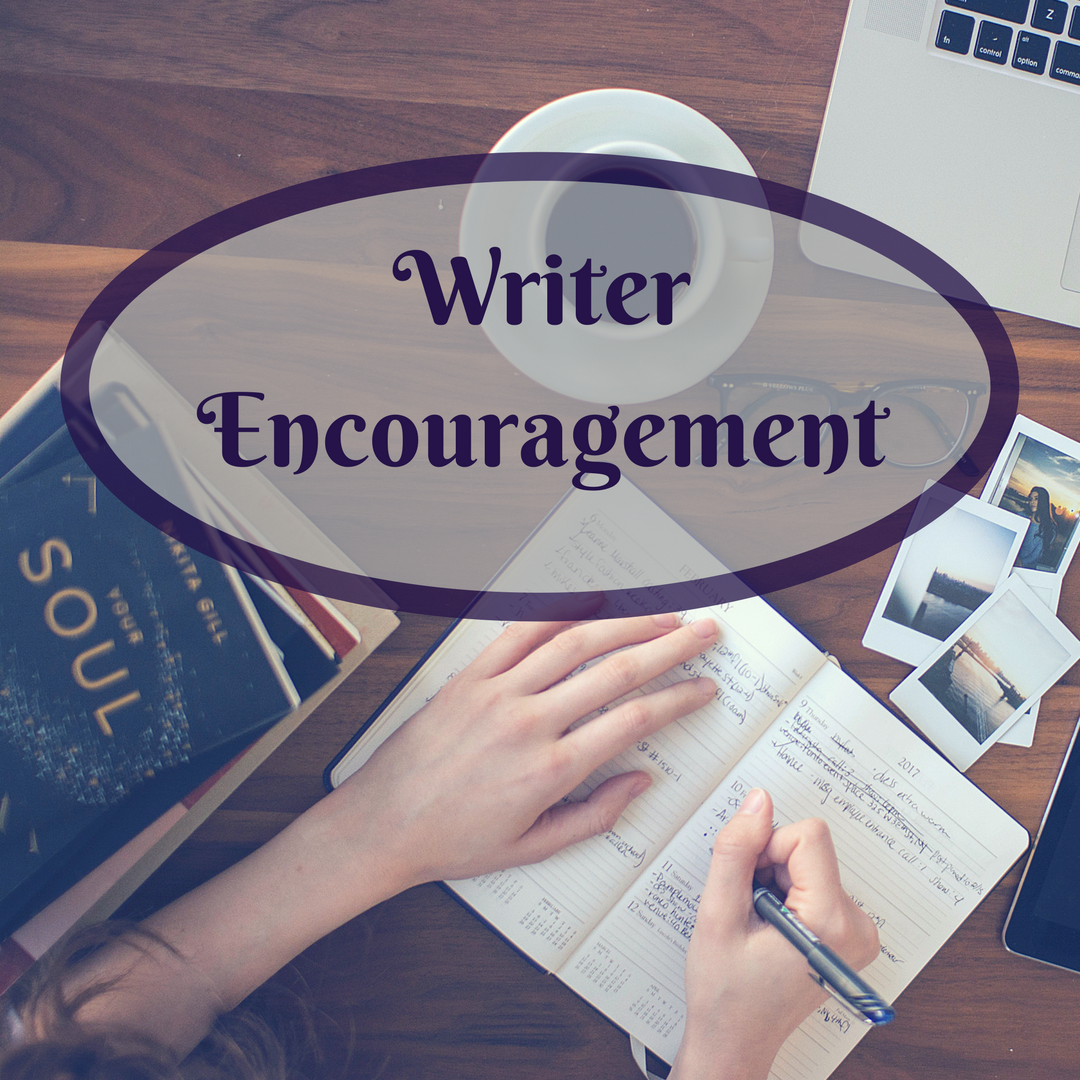
The Intentional Writer
My Best Tool for Describing My Characters’ Emotions
Do you struggle to find the right words to describe your characters’ emotions? I certainly do. Description and portraying…
March 24, 2023
Do you struggle to find the right words to describe your characters’ emotions? I certainly do. Description and portraying…
March 24, 2023
Writers Chat, hosted by Jean Wise, Johnnie Alexander, and Brandy Brow, is the show where we talk about all…
January 31, 2023
All writers suffer with creative blocks from time to time. You may not find yourself staring at a blank…
January 24, 2023
Before you send off your precious manuscript to your editor, you probably want to make sure that it’s as…
July 10, 2021
As we look ahead to a new year and a new opportunity to write and learn, I wanted to…
December 16, 2020
Expect rejection, and don’t take it personally. Just keep writing. God is in control. This is my mantra. Most…
September 11, 2020